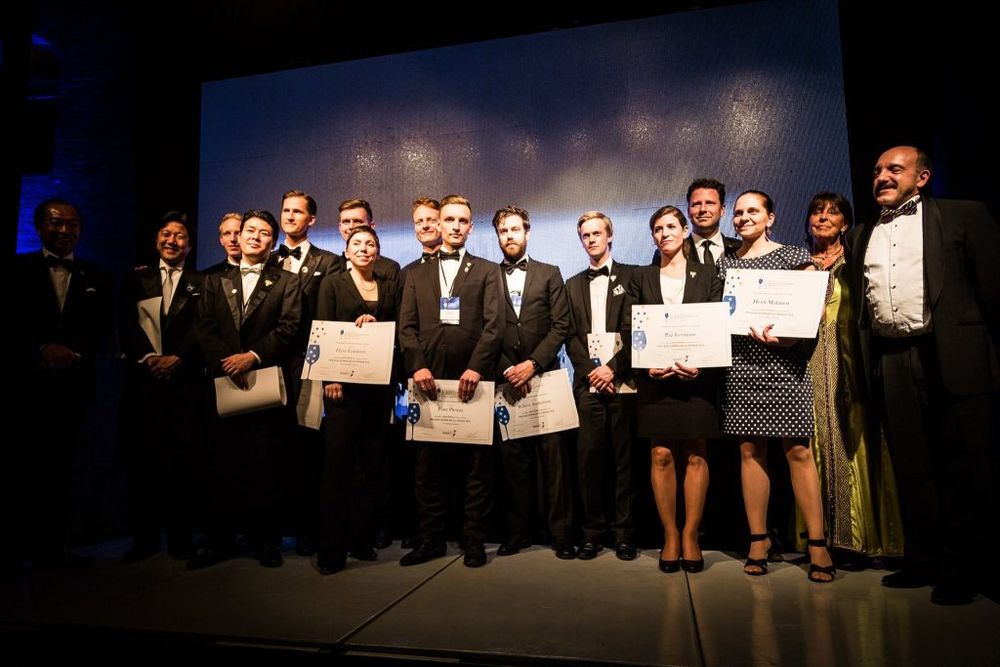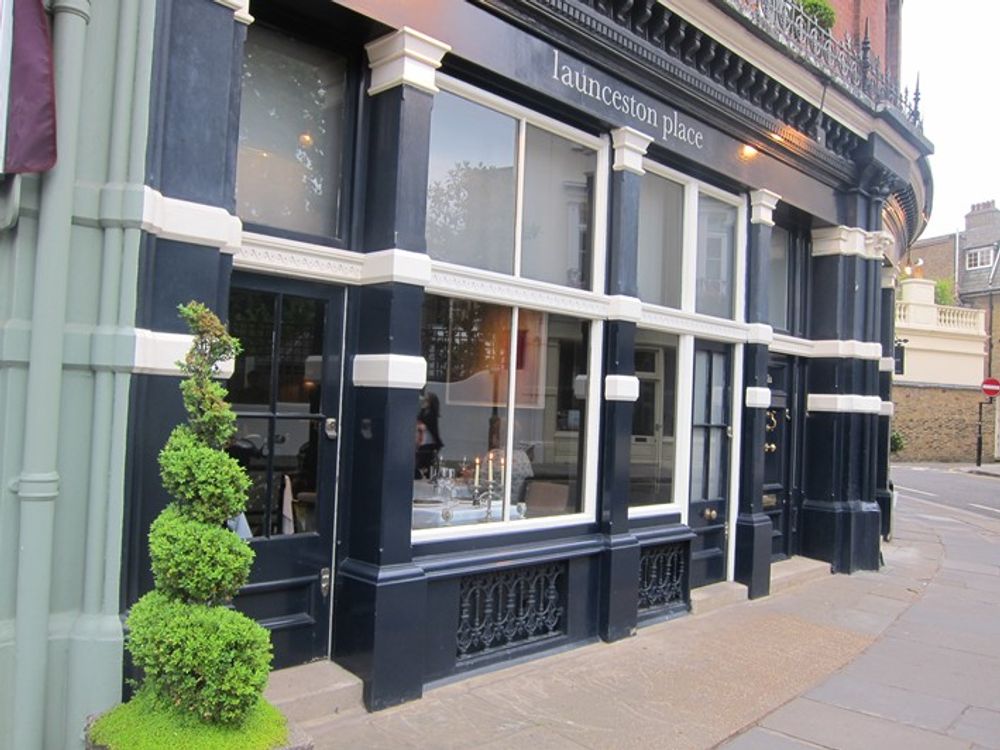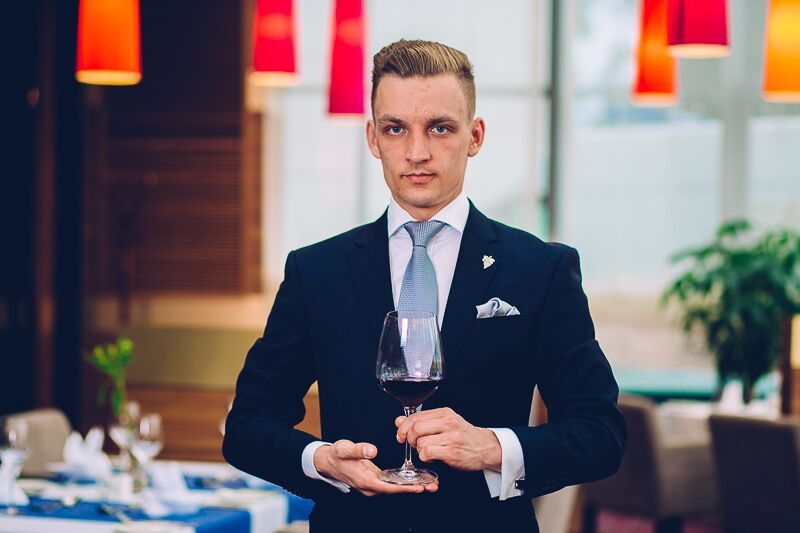Piotr Pietras says it takes time, hard work and good friends and family to be in the Best Sommelier of the World competition.

Piotr Pietras is pleased to be one of the team of sommliers behind Wines of Argentina’s Barullo event
As one of the finalists in the Best Sommelier of The World held in Argentina what was your perception of Argentinian wine before the trip and what did you discover about them when you were there?
I knew Argentina is capable of producing great wines, but I didn’t expect to find so many individual projects. Single vineyards, blends, lighter, fresher “food wines”. Barrel-aged, amphora-aged, cement-aged. That’s what I encountered during my first five days in Buenos Aires before the competition in Mendoza.
How do you think Argentinian wines have changed in your career?
They have definitely changed my perception of New World wines. They don’t necessarily need to be powerful and heavily extracted. There is also balance, freshness and elegance.
What styles of Argentinian wine and regions do you think are suitable for restaurants and sommeliers for both its red and white wines?
I would love to see more Cabernet Franc (especially from the Uco Valley) in Europe. It looks very promising and I am sure the Argentinian interpretation might find many lovers. It is spicy, peppery, generous, yet it has got a beautiful freshness to balance it.
Bordeaux blends from all over the country, in general, are great companions when it comes to meat pairings.
Torrontes from Salta, when lighter and more lively, can also be a suitable partner for spicier, more exotic food.
Bonarda, on the other hand, may be a solid everyday drinking wine. There are some more serious versions of this grape which can stand up to heavier, more generous dishes.
What type of Argentinian wines do you have on your list at Launceston Place. Why did you decide to list them?
I have got some lighter example of Torrontes from Salta, Patagonian Pinot Noir, entry level and serious Bordeaux blends from Mendoza as well as two or three Malbecs, too.
What price works best for Argentinian wines in your restaurant?
Normally it is between £30 and £50. There are some guests, however, who are ready to spend up to £100 for a bottle of a solid Argentinian red.
What do you see as being the “cutting edge” wines from Argentina?
The style I mentioned before – Cabernet Franc can really appeal to many palates. Also, some single vineyard wines can have a great future, as they may diversify their blends and single varietals and, most importantly, show the reflection of their terroir.
How would you like to see Argentina improve and develop its wines?
Perhaps have more freshness in the wines and less homogenity. But the improvement and diversity are already on their way.
If you could choose one Argentinian wine – or producer – what would it be?
I am a big fan of Achaval-Ferrer from Mendoza. My favourite wine from them? Hard to stay. It could be 2005 Finca Mirador. I was given a bottle as a gift from my friend which was bought in the estate this year which still stays in my cellar.
How did you find taking part in the Best Sommelier of the World competition? What did you do to prepare?

Pietras with some of his fellow competitors at the finals of the Best Sommelier of The World in Mendoza, Argentina
It was a fantastic opportunity to meet inspiring people – both my fellow competitors and the organisers. It was also an invaluable experience to see where I am when it comes to my knowledge, blind tasting and practical skills.
As for preparations, I had some people around – including fellow sommeliers and some suppliers – who challenged me with tastings and some service tasks. The theory part was the most time-consuming. Going not only through the world of wine, but also to cover important topics such as coffee, tea, spirits, liqueurs even styles of water through to different national and regional dishes as well as a few more things.
That requires consistency and self-discipline. Reading, revising, retaining and then being able to get the information back, when asked under pressure.
Overall, I found my debut a good performance, although if I were to change anything I would have dedicated more time towards the service and practical scenarios preparations.
What lessons have you brought back to your every day job after taking part in the competition?
Staying humble and never stop learning, the world of wine will always challenge and surprise you.
What advice would you give to other sommeliers looking to take part in national or world sommelier competitions?
Find a mentor – that’s crucial. You need consistent feedback, you need to be challenged, questioned and corrected. Try to be organised and discipline yourself. You need to start to prepare a long time ahead, so you have enough time to revise but also to relax as well.
You also need supportive and understanding friends and family members. To prepare properly takes up loads of your free time. Ultimately, you need to enjoy it and make sure you take a lot of fun out of it as well.
What are your responsibilities at Launceston Place?

Pietras is keen to introduce more New World wines
I am the head sommelier at Launceston Place, a fine-dining neighborhood restaurant in Kensington. I am responsible for the whole beverage part of the restaurant.
I work alongside three talented sommeliers and have the opportunity to work closely with Raphael Francois, our award-winning chef, to provide a lighter, open-minded, but professional wine and food experience.
Our wine list is relatively large – around 450 wines – and it is very international, but with the main focus on Bordeaux, Burgundy, Rhone and German Riesling.
But myself and my sommeliers are also supporters of upcoming wine regions and appellations from both the Old and the New World.
What is the best way for wine producers or suppliers to contact you about their wines?
They can contact me on piotrp@danddlondon or, alternatively, via my website: www.piotrpietras.com.
- Barullo: Introducing Cutting Edge Wines from Argentina promises to be an inspiring and must attend event for on-trade buyers and particularly sommeliers as it has been devised with the help of six of the finalists in the Best Sommelier of the World competition. The trade tastings take place on October 25 and October 26 with the sommeliers taking part on October 25. As well as the latest breakthrough wines from Argentina, there will be music, art and two star Michelin food from award winning Argentine chef, Mauro Colagreco. Register for the event here.































